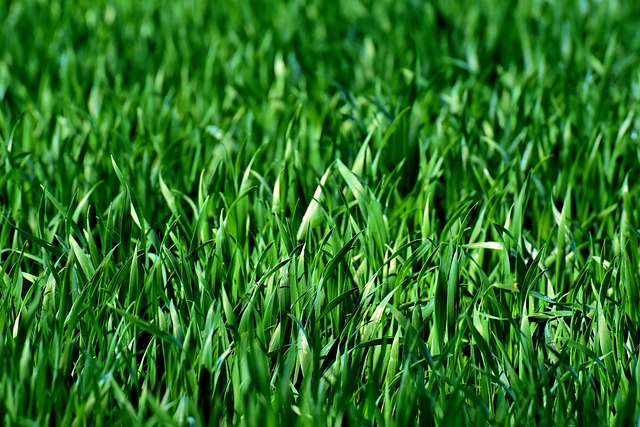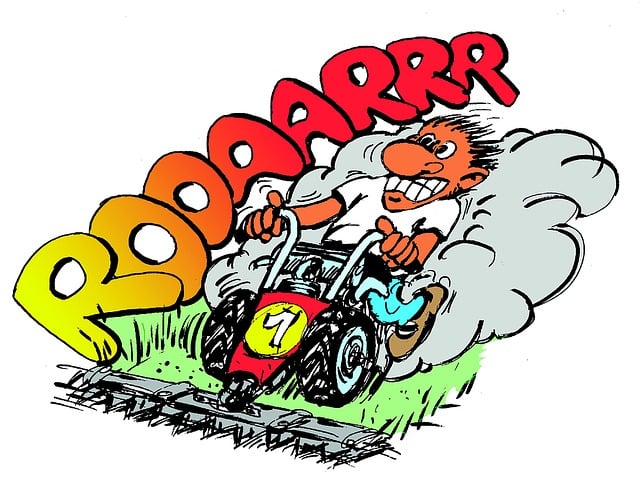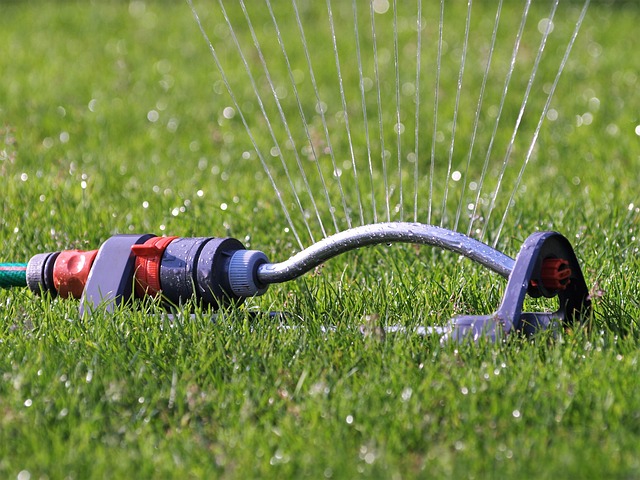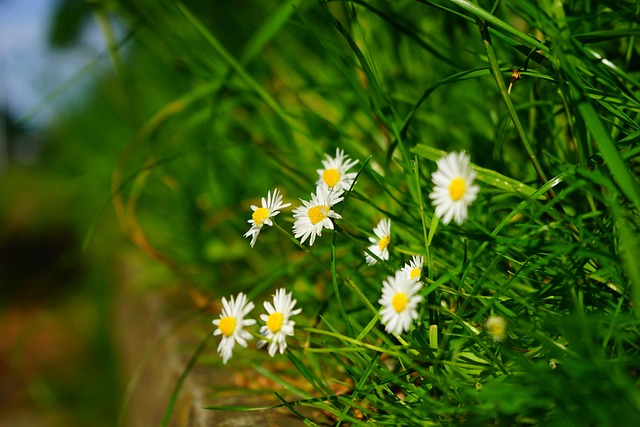To prepare your lawn for the summer heat in Centennial, start by assessing its health and addressing soil issues through testing and amendments. Implement strategic watering, fertilizing, and mowing practices to encourage thick growth. Maintain consistent yet targeted watering (2-3 times a week) to prevent drought stress, remove weeds, and monitor new grass growth. Use drip irrigation or soaker hoses for deep watering during hot months, promoting dense, healthy grass through regular grooming.
In Centennial, preparing your lawn for summer heat is crucial for maintaining a lush and vibrant outdoor space. Before overseeding, assess your lawn’s health to identify areas needing improvement. Once ready, create a tailored maintenance plan focusing on hydration, fertilization, and regular monitoring during the hot months ahead. By following these steps, you ensure your lawn thrives through the summer, fostering growth and resilience for a beautiful Centennial landscape.
- Assessing Your Lawn's Health Before Overseeding
- Creating a Maintenance Plan for Summer Heat
- Regular Care and Monitoring After Overseeding
Assessing Your Lawn's Health Before Overseeding

Before planning overseeding, it’s crucial to assess your lawn’s health and current condition. In Centennial, preparing your lawn for the summer heat involves more than just adding new seeds; it requires understanding the specific needs of your turfgrass species and addressing any existing issues. Start by evaluating the density and color of your grass—is it thin or patchy? Does it lack vibrancy? These could indicate problems like poor soil health, pest infestation, or inadequate irrigation.
During the summer heat, drought stress is common, so ensuring robust root development before hot weather sets in is essential. Perform a soil test to determine nutrient levels and pH balance, as these factors influence seed germination and overall lawn health. Address any deficiencies through proper fertilizing and amend the soil if necessary. By taking these proactive steps, you’ll set your lawn up for success, promoting thick, lush growth capable of withstanding the Centennial summer heat.
Creating a Maintenance Plan for Summer Heat

Creating a Maintenance Plan for Summer Heat in Centennial
As temperatures rise, so does the stress on your lawn. Preparing your lawn for summer heat in Centennial involves tailored strategies to keep it vibrant and healthy during the hottest months. Start by assessing your lawn’s current condition—identifying areas prone to drought stress or common summer issues like brown patches. This knowledge will guide your maintenance plan.
Incentivize deep root growth by applying slow-release fertilizers specifically designed for summer heat. Watering efficiently is crucial; aim for less frequent but thorough watering sessions early in the morning to minimize evaporation. Incorporate a smart irrigation system if possible, allowing for precise control and adjustment based on weather conditions. Additionally, consider strategic mowing practices, such as raising the cutting height slightly during hot periods, which encourages deeper root development while reducing stress.
Regular Care and Monitoring After Overseeding

After successfully overseeding, maintaining your lawn’s health is crucial, especially as Centennial prepares for the summer heat. Regular care involves consistent watering to keep the soil moist but not waterlogged, typically 2-3 times a week, depending on weather conditions. Monitoring the growth of new grass seed and removing any weeds that emerge is essential to ensure optimal development.
Keep an eye out for signs of drought stress, such as browning or wilting, and adjust watering accordingly. In hot summers, Centennial residents should consider using drip irrigation or soaker hoses to provide deep, targeted watering, fostering a strong root system. Regular grooming and mowing at the appropriate height will also promote dense grass growth, creating a lush lawn that can better withstand the summer heat.
When implementing a lawn plant overseeding maintenance plan, such as those tailored for preparing your lawn for summer heat in Centennial, remember that consistent care and assessment are key. By following the steps outlined in this article—assessing your lawn’s health, creating a targeted plan for summer heat, and monitoring regularly—you’ll ensure your lawn thrives through every season. Regular upkeep, combined with knowledge of your specific lawn’s needs, makes overseeding a successful strategy to maintain a lush, vibrant Centennial lawn all year round.
